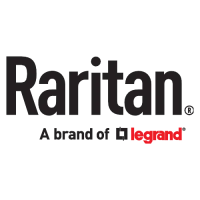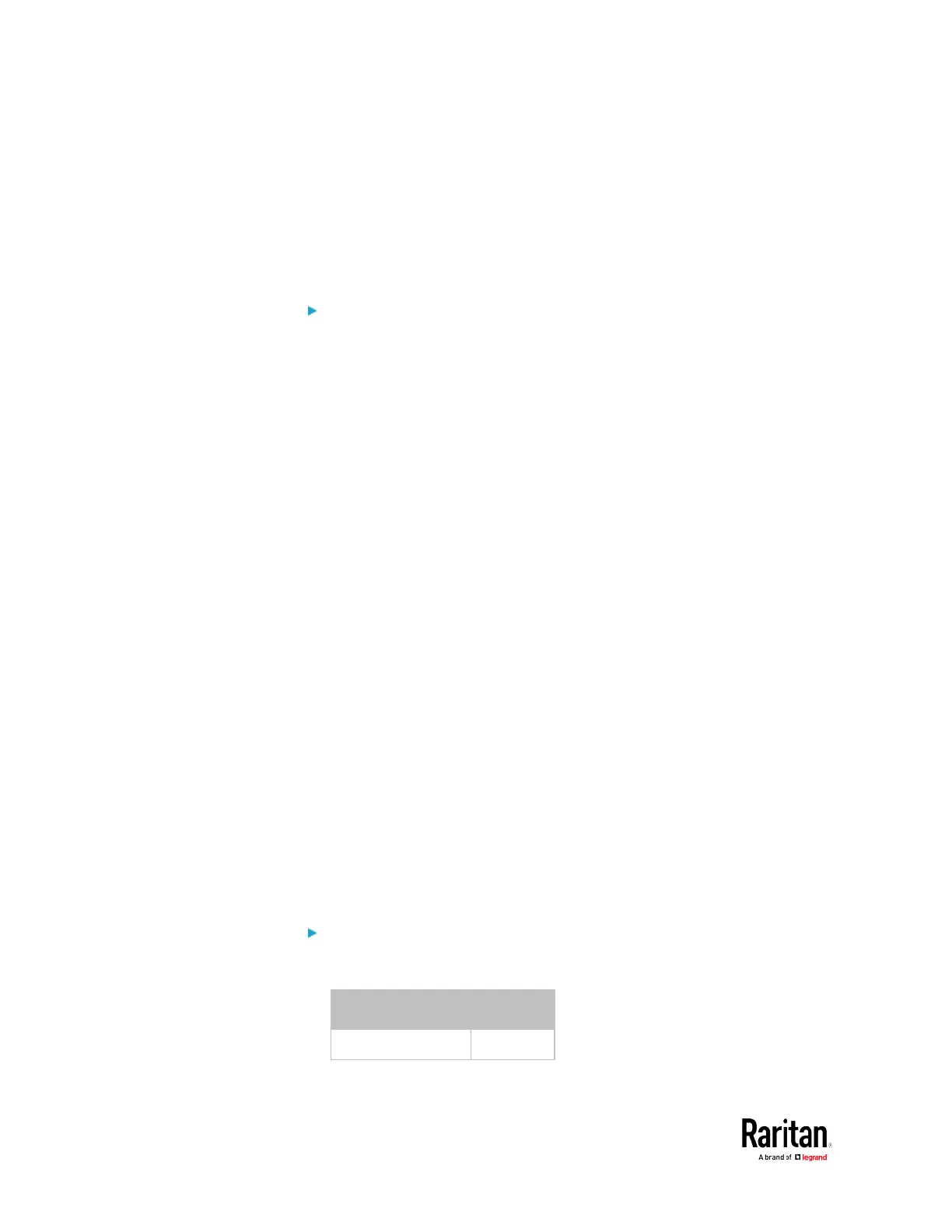Chapter 3: Using the Web Interface
In this mode, the DHCP server communicates with the master device
alone and assigns one IP address to the master device. All slave
devices share the same IP address as the master device.
You must specify a 5XXXX port number (where X is a number) when
remotely accessing any slave device with the shared IP address. See
Port Number Syntax
(on page 186).
Comparison between cascading modes:
• The Bridging mode supports the wired network only, while the Port
Forwarding mode supports both wired and wireless networks.
• Both cascading modes support a maximum of 16 devices in a chain.
• Both cascading modes support both DHCP and static IP addressing.
• In the Bridging mode, each cascaded device has a unique IP address.
In the Port Forwarding mode, all cascaded devices share the same IP
address(es) as the master device.
• In the Bridging mode, each cascaded device has only one IP address.
In the Port Forwarding mode, each cascaded device can have
multiple IP addresses as long as the master device has multiple
network interfaces enabled/configured properly.
For example:
If the master device is a non-iX7 product, you can enable the
ETHERNET and WIRELESS interfaces so that the
Port-Forwarding chain has one wired IP address and one
wireless IP address.
If the master device is an iX7
™
product, you can enable ETH1,
ETH2 and WIRELESS interfaces so that the Port-Forwarding
chain has two wired IP addresses and one wireless IP address.
Port Number Syntax
In the Port Forwarding mode, all devices in the cascading chain share
the same IP address(es). To access any cascaded device, you must
assign an appropriate port number to it.
• Master device: The port number is either
5NNXX
or the standard
TCP/UDP port.
• Slave device: The port number is
5NNXX
.
5NNXX port number syntax:
• NN is a two-digit number representing the network protocol as
shown below:
HTTPS 00

